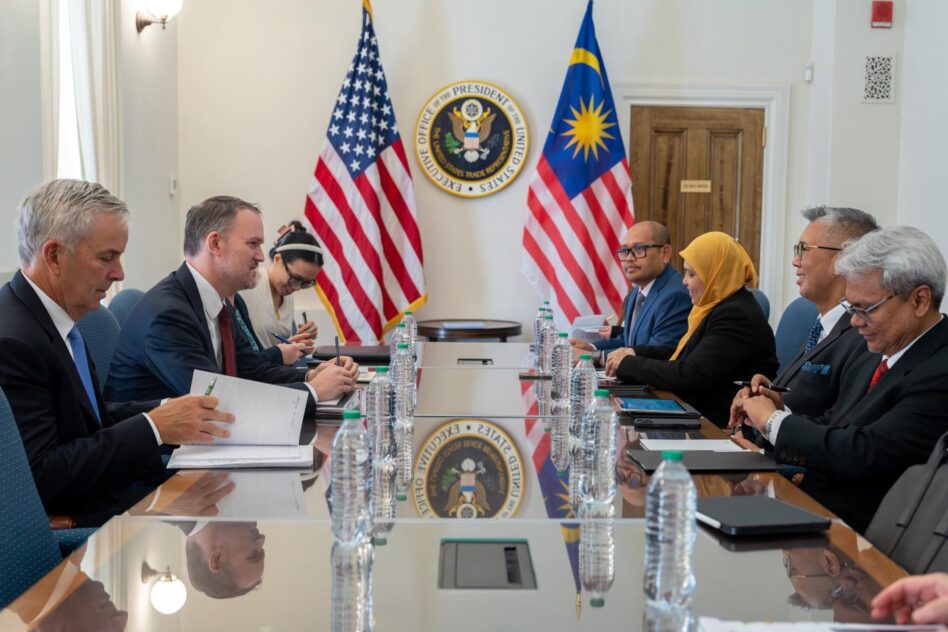WAR, or now known as armed conflict, had been one of the means and methods for settling disputes between States and any belligerent parties for ages.
Nowadays, armed conflict often happens when a party demands their ideology or interest to prevail before others.
To cater for this problem, the world has developed a ‘guideline’ as to what we can and cannot do in situations of armed conflicts.
The infamous tagline ‘even war has limits’ has been cried out all over the world to highlight the importance of the law of armed conflict.
There are many laws that have been developed under the scope of armed conflict, which are directly under the width of public international law.
For example, the international humanitarian law which highlighted the importance of protecting the affected parties that are not direct participants in these hostile situations.
The world has gotten together in this effort by drafting many conventions to reconcile the effect of armed conflict, such as the Hague Convention 1907, Geneva Convention 1949 and its Additional Protocol, Refugee Convention 1951 and many more.
There are also conventions to limit the means and methods of armed conflict such as Anti-Personnel Landmines Convention 1997 and Convention of Certain Conventional Weapons 2001 among others.
However, this begs the question, do all these so-called ‘limiting conventions’ give consent to violence?
We can view the law of armed conflict from the eyes of the sociological school of thought.
Eugen Ehrlich stated that society as a main source of law, with society being the “association of men”.
Thus, whatever society had decided to do, it is for the best of mankind.
In the situation of law of armed conflict, society and states had decided that limiting, not preventing, is the way to cater for issues that arise during armed conflict.
This is because it is difficult to control billions of people from quarrelling with each other; limiting the effects to others is much easier.
This is aligned with American legal scholar Roscoe Pound who said that law should be studied in its actual working, not as it stands in the book.
Thus, the law of armed conflict is more practical to be used to not let others suffer, even though prevention is more ideal.
Law of armed conflict aims to limit the suffering of people during armed conflict, which clearly does not give consent to violence, as it aims to limit the violence.
From the sociologist point of view, law is a social engineering, which is designed to control and dictate what people can and cannot do, just like an engineered system of technology.
Law of armed conflict provides guidelines on how an armed conflict can be carried out, with limitations to make sure that there is no inappropriate violence conducted during the event.
In conclusion, law of armed conflict does not give consent to violence. In fact it is the main reason why violence cannot happen in the first place. – Nov 18, 2021
Muhammad Harieth Zaini is a third-year law student at Universiti Kebangsaan Malaysia (UKM) and Dr Nabeel Mahdi Althabhawi teaches law at the same university.
The views expressed are solely of the authors and do not necessarily reflect those of Focus Malaysia.









